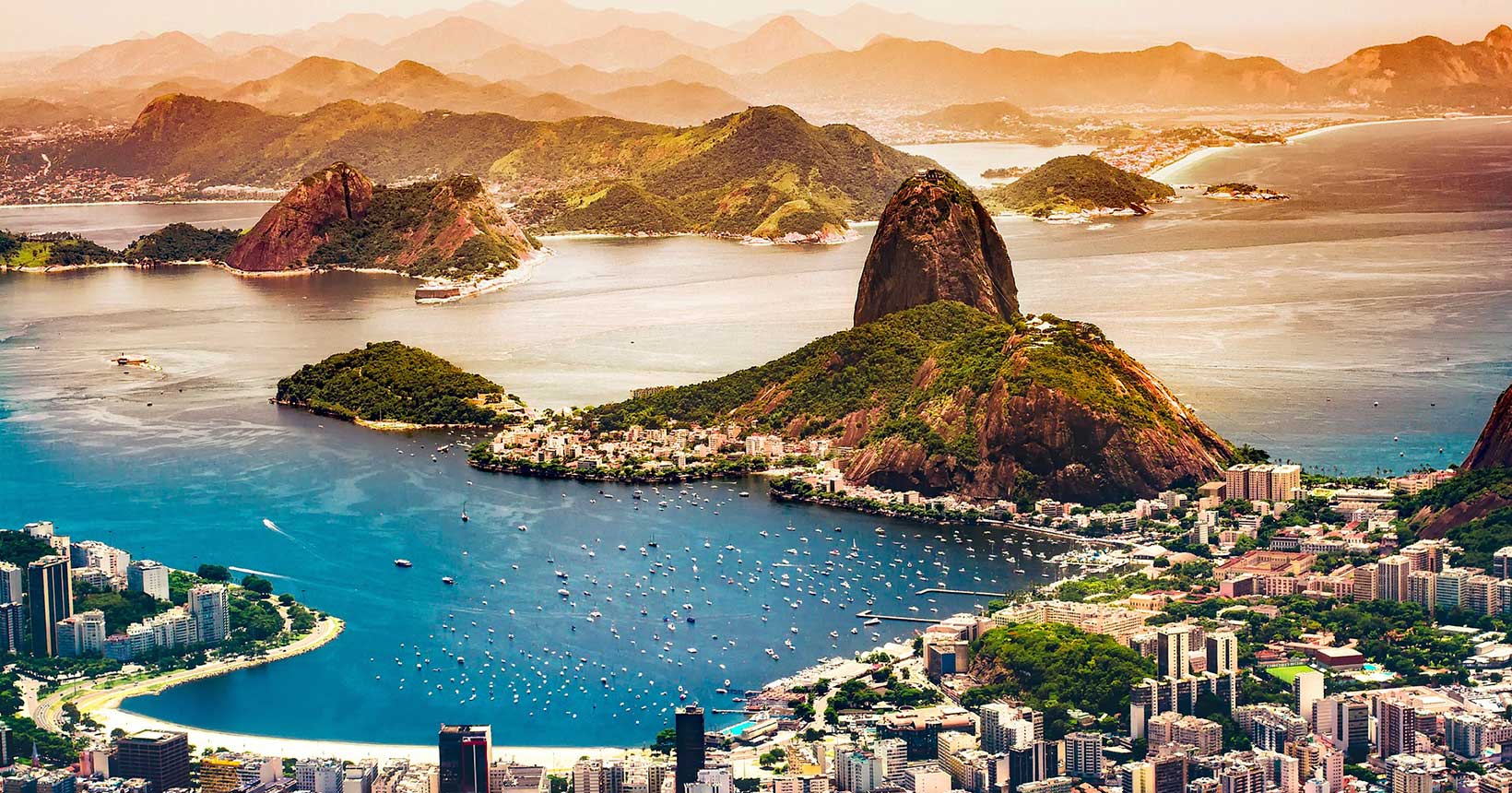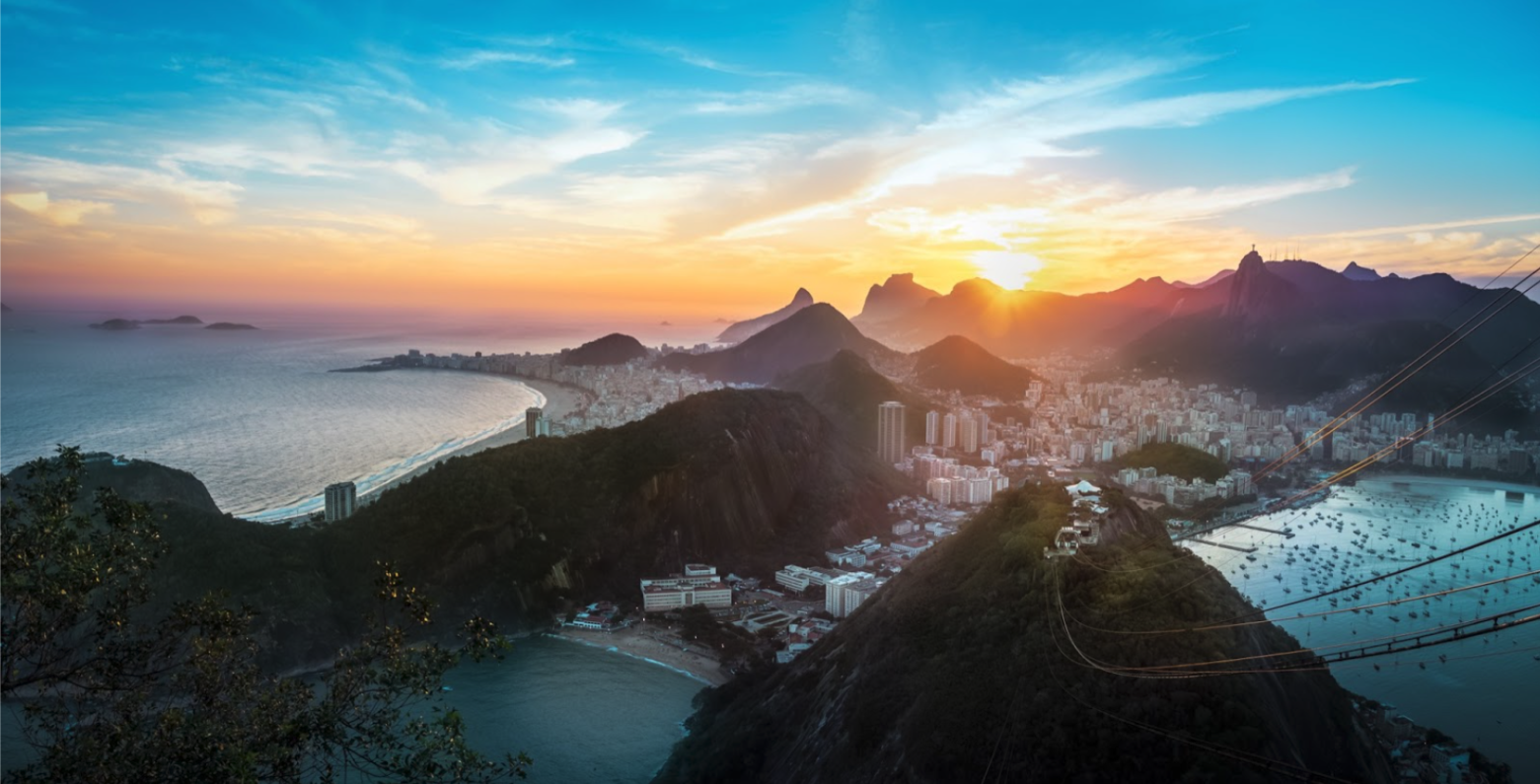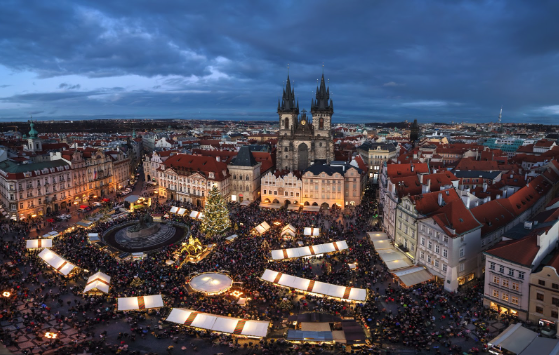Rio is exuberant and one of the most beautiful cities in the world. It is the most painted, photographed, and pictured city worldwide after Paris. This extraordinary charm and vibe of this city are explained by its unique and sexy landscape mixing mountains, forests, and beaches, emphasized by its culture that represents the essence of Brazil.
Rio is the face of the country, the singular blend of Indigenous Natives (mostly Tupi, Tamoios, and Tupiniquins in Rio), Europeans (Portigues), and African descendants (Mostly Bantus from Western equatorial Africa – Nigeria, Mozambique, Guinea, Senegal, Serra-Leone, etc..) created Brazilian people. We can clearly see the influences of these three major matrices in your day-to-day in Rio, from how people look and behave, the language and accent, the happiness and simplicity of people, the religions believe and traditions, the food, and more.
Cariocas’ (people from Rio) sense of fun is matched only by the spectacular natural environment Rio boasts. The city is, indeed, surrounded by green hills, lush nature all across the city, nature trails, and large urban forests like Floresta da Tijuca. Its beaches are among the most beautiful in the world, and its crystal-clear waters are home to abundant marine life. Besides the famous beaches of Copacabana and Ipanema, located in the heart of the city (South Zone), other idyllic corners of the coast can be found in the nearby Búzios, Barra da Tijuca, Prainha, and Urca. Rio de Janeiro has famous landmarks too. Alongside the endless beaches and the massive statue of Christ the Redeemer, the city features the Sugar Loaf Mountain, Lagoa Rodrigo de Freitas, Botafogo, Dois Irmãos mountain, and the favelas.
In addition to its many natural wonders, Rio is renowned for its fascinating and joyful culture to be admired in its many museums and in its vibrant streets, which are always flooded with music, dances, farmers’ market, and celebrations.
Watching or playing soccer and going to the beach are integral to local culture. Most Brazilians live for it. The Maracanã Stadium is home to the two main soccer teams of the city, Flamengo, and Fluminense. Brazilians also love to have fun; there is always a party or something happening, especially during the summer. Ipanema beach is itself a daily party and a wonderful place to meet locals and other tourists and have a blast! The spot at the beach in the area is called Posto 9, where Farme de Amoedo street (the gayest street) meets the beach. Anywhere there will be fun, but I recommend the right side of it if you look at the ocean (by Barraca da Denise); the most beautiful people tend to be there. You can’t miss it!
Rio is hot and humid, and the sun is really strong during the summer. The average temperature is in 80ºFs; bring light clothes and don’t forget the sunscreen lotion; you will really burn if you don’t use it. Because the city is located in the Atlantic rainforest, it will probably rain daily. But don’t worry, it’s usually a localized temporary fast rain; sometimes you won’t even notice it, so don’t be scared if you see thunderstorms every day in the forecast.
For your safety, avoid using jewelry; at the beach, bring a bag that you can somehow tight and secure to your sun chair. iPhones are very valuable in Brazil, and unfortunately, pickpockets are a reality, so be aware of them when you are partying or even when walking and using them.
Brazilian food is also a highlight. Buffets all-you-can-eat restaurants are the most popular ones among Brazilians. It’s cheap, fresh, and delicious. If you eat meat, don’t miss the Brazilian churrasco (barbeque). Tropical fruits are a signature of the country; in almost every restaurant, you can order freshly squeezed juices of many fruits and combinations of fruits. You should also visit one of the hundreds of farmers’ markets across the city and try a pastel and sugar cane juice.




